
Today's special guest is San Jose Repertory Theatre's artistic director, Rick Lombardo. A prolific regional and off-Broadway director, Mr. Lombardo has received numerous awards for his work both at San Jose Rep and New Repertory Theatre in Boston.
Many artists are concerned with the current trends in climate change. Mr. Lombardo is no exception. He writes,
I've been thinking about climate change a lot, and while this question doesn't directly correlate to a warming planet, it was inspired by the problem. If all the water molecules present in the atmosphere at any one moment fell to the surface of the earth, what would happen to average sea levels around the world?
If you've paid attention to science news, you know that melting glaciers are contributing to rising sea level with an average rise of 3.3±0.4 mm over the past twenty years. This doesn't seem like very much, but over several decades it can have a profound impact on coastal communities. How does it compare with the rise that would occur if all atmospheric water rained down at once?
Wikipedia's entry for "Atmosphere of Earth" states the following:
According to the American National Center for Atmospheric Research, "The total mean mass of the atmosphere is 5.1480×1018 kg with an annual range due to water vapor of 1.2 or 1.5×1015 kg depending on whether surface pressure or water vapor data are used; somewhat smaller than the previous estimate. The mean mass of water vapor is estimated as 1.27×1016 kg and the dry air mass as 5.1352 ±0.0003×1018 kg."
From these figures, we can see there are, on average, roughly ten trillion tons of water in the atmosphere. If it all fell to the Earth at once, would it produce floods of literally biblical proportions?
 |
| "Get your cubit stick ready!" |
Liquid water has a density of one gram per cubic centimeter. If you simultaneously condensed all the water in the atmosphere into liquid form, you'd have about 10 billion cubic meters of water. The oceans cover about 400 million square kilometers of the Earth's surface. Spread out over this area, all the water from the atmosphere would cause the oceans to rise a grand total of 25 microns, roughly one-fortieth of a millimeter. Needless to say, things wouldn't change very much.
| "OK, never mind...everybody off the boat." |
Thanks for a great question, Rick!
Aaron Santos is a physicist and author of the books How Many Licks? Or How to Estimate Damn Near Anything and Ballparking: Practical Math for Impractical Sports Questions. Follow him on Twitter at @aarontsantos.






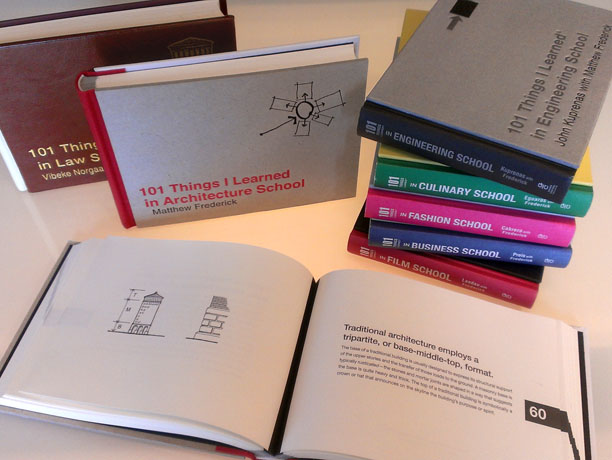




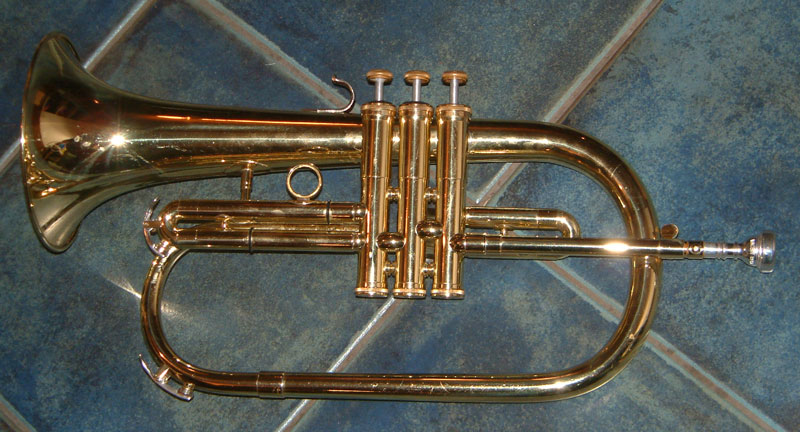






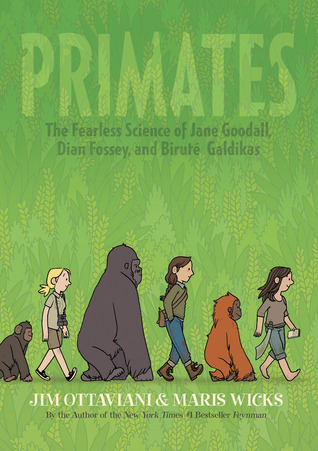


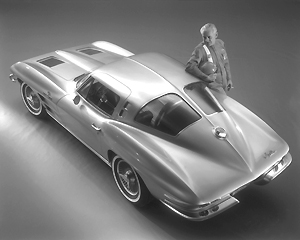
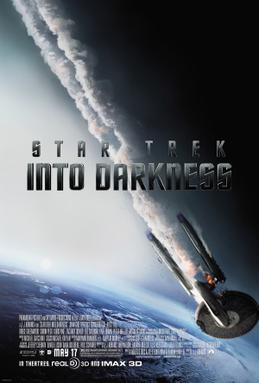

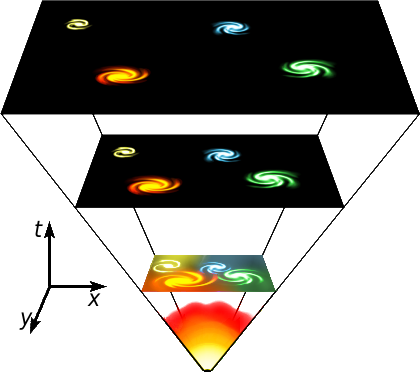





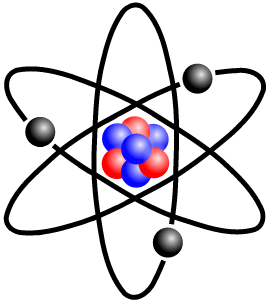

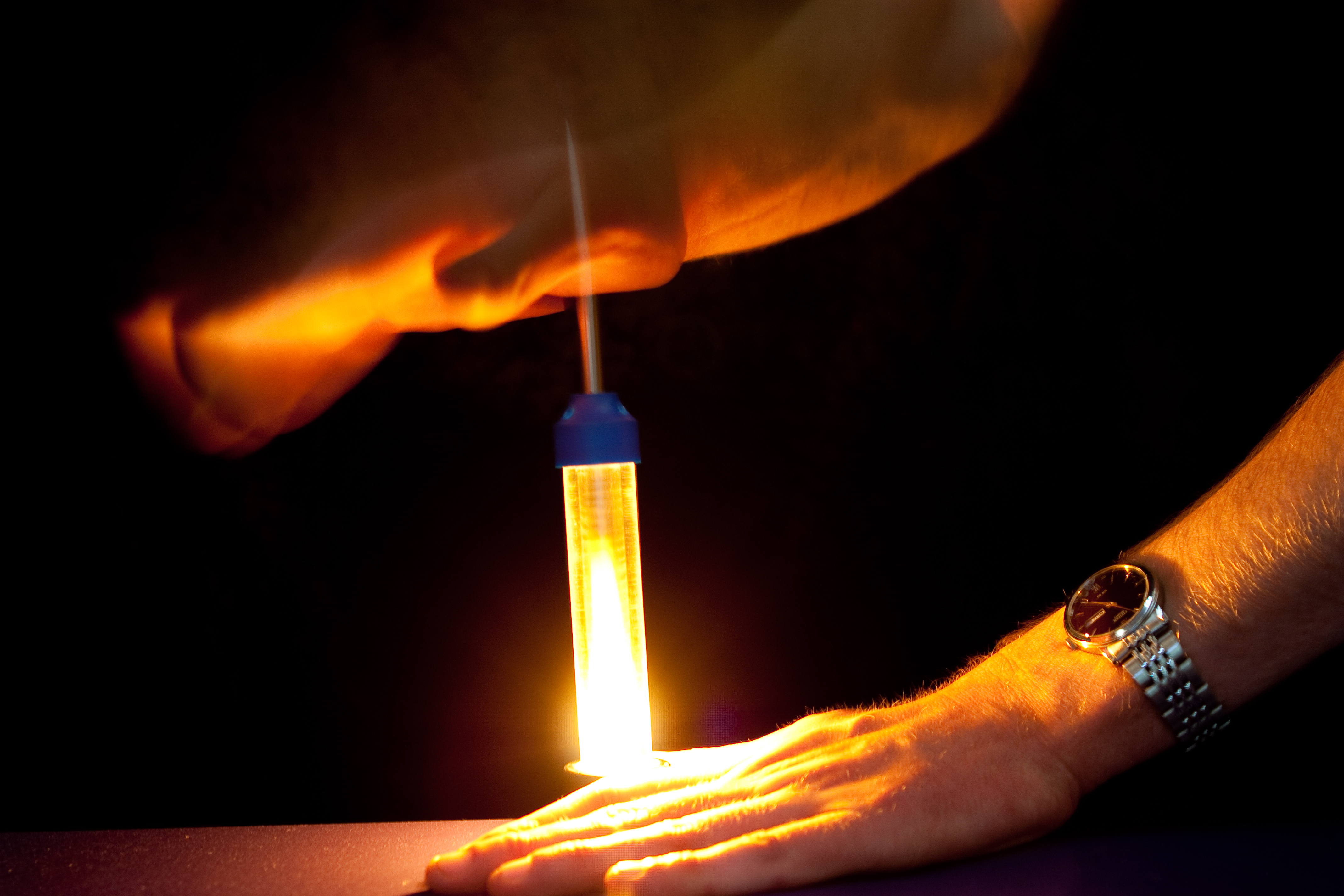











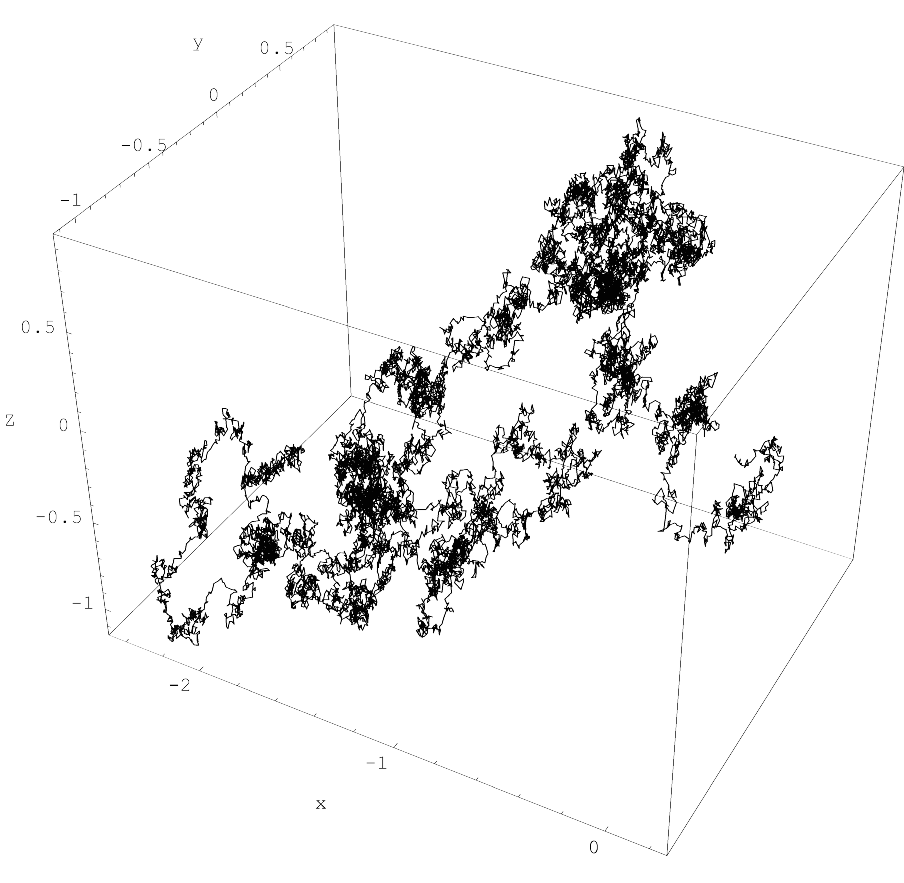

.png)
